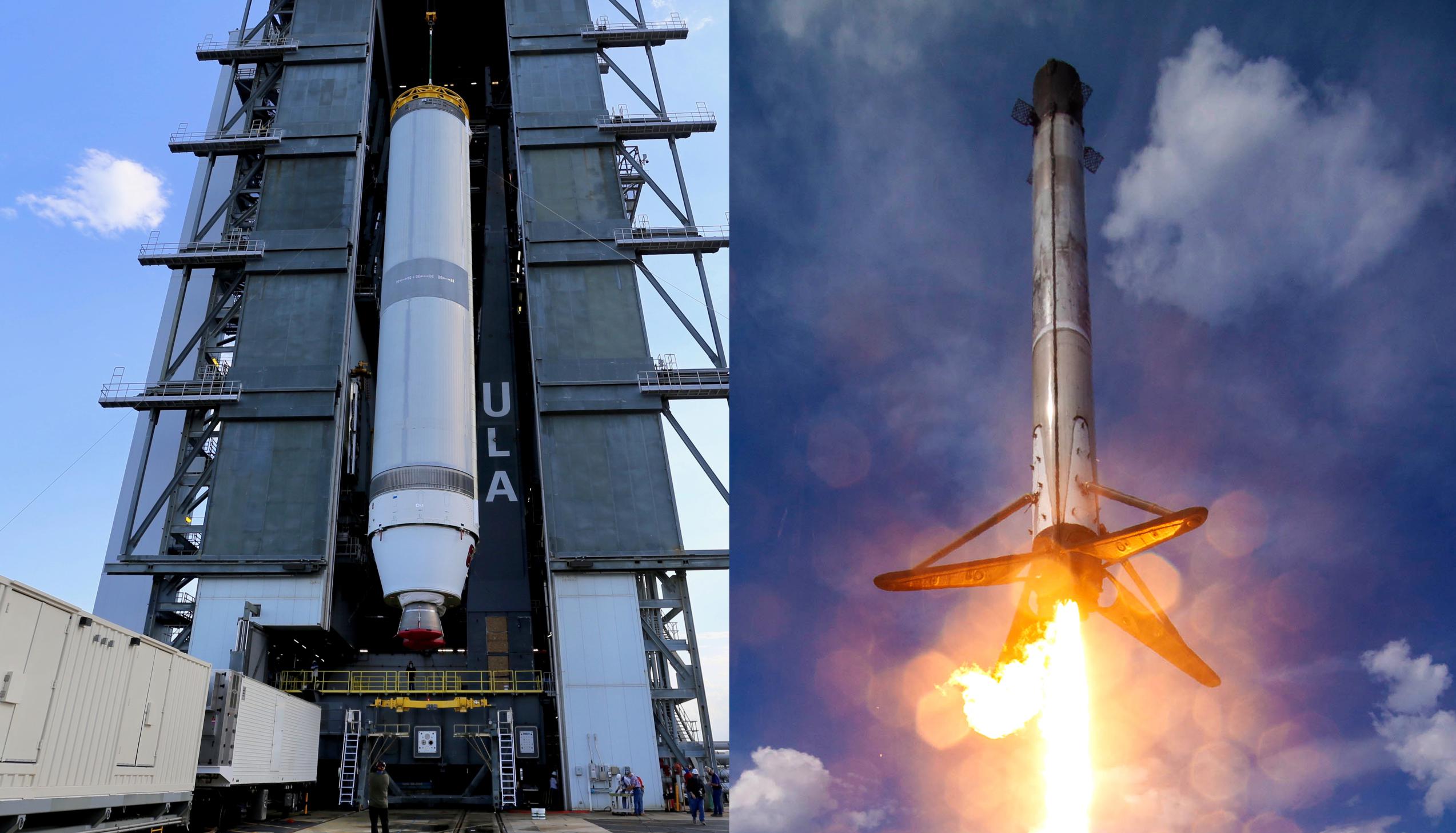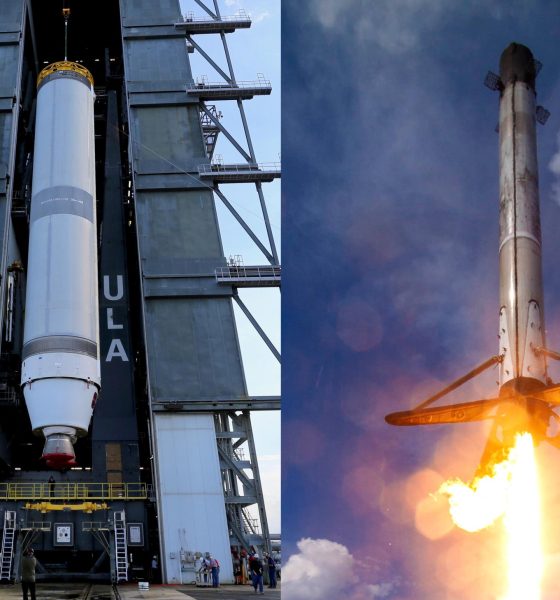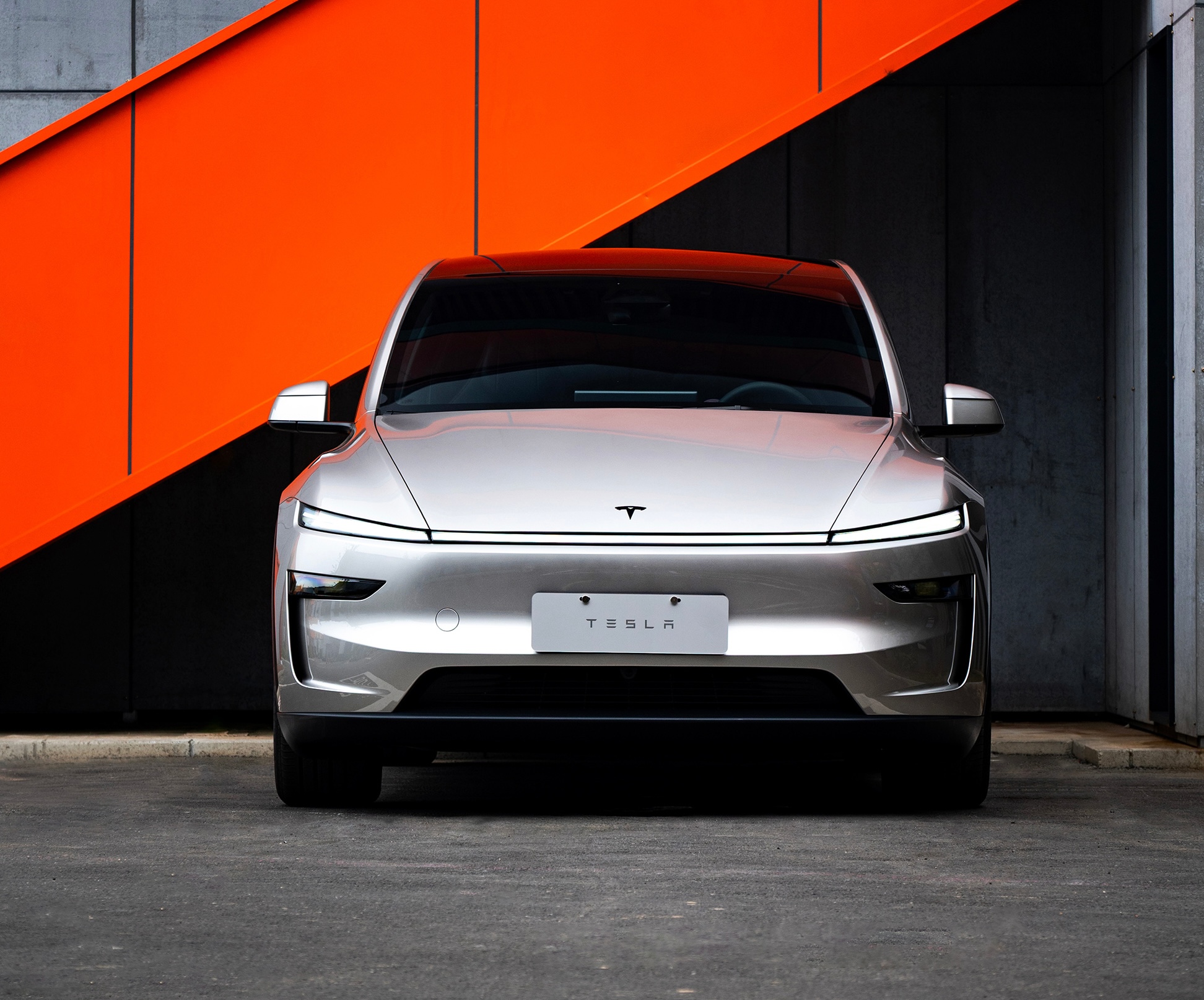

News
SpaceX CEO Elon Musk’s hat is safe after ULA Vulcan rocket launch slips to 2023
In the latest unfortunate development for SpaceX competitor United Launch Alliance’s next-generation Vulcan Centaur rocket, it looks like CEO Elon Musk may have been right all along when he forecast major delays more than three years ago.
In February 2018, even before SpaceX had flown Falcon Heavy for the first time, detractors with axes to grind were already busy attempting to downplay the rocket’s capabilities. On February 6th, Falcon Heavy lifted off for the first time, launching a several-ton Tesla Roadster car into interplanetary space and marking the first debut of a super heavy-lift rocket since the 1980s. That successful launch also meant that ULA’s last bastion of competitive advantage – the Delta IV Heavy rocket, fittingly by way of monopoly – was no longer alone.
Indeed, mere months after its near-flawless debut, Falcon Heavy had already secured its first operational US military launch contract. Delta IV Heavy, on the other hand, had already been preparing for retirement as part of ULA’s plan to replace two complex rockets (Delta and Atlas) with Vulcan.
Musk mercilessly took to task ULA’s heavy-lift rocket when commenters brought it up, noting that Falcon Heavy is largely comparable in a partially-reusable configuration but completely outclasses Delta IV Heavy – while still being dramatically cheaper – if all boosters are expended. The SpaceX CEO estimated that Delta IV Heavy launches would cost ULA significantly more than $400M after the company had effectively announced the end of Delta IV Medium production, though ULA CEO Tory Bruno still claimed a launch price of ~$350M.
In response to a reply noting that ULA’s plan was to replace Atlas V and Delta IV with Vulcan Centaur for launches “after 2020,” Musk pulled no punches, stating that he would “seriously eat [his] hat with a side of mustard if [Vulcan] flies a national security spacecraft before 2023.” At the time, ULA’s CEO did not exactly seem to share Musk’s shocking appraisal of the situation, which was out of left field even for major SpaceX proponents.
At the time, ULA’s party line touted Vulcan Centaur lifting off for the first time in late 2019 – the very next year. Ironically, weeks after Musk threw down his hat-eating gauntlet, ULA announced that Vulcan’s first launch had slipped to “mid-2020” – with a second flight later the same year – to give the company time to move straight to a larger upper stage originally meant to debut later on. Six months later, ULA announced yet another delay for Vulcan, this time pushing the rocket’s launch debut from mid-2020 to no earlier than (NET) April 2021.
Three years later, April 2021 has come and gone and ULA’s latest public Vulcan launch target is now “late 2021,” though that is all but guaranteed to slip into early 2022. In the latest (not-so-) shocking development for ULA’s next-generation rocket, the company has now requested and received permission from the US military to swap out Vulcan for an Atlas V rocket on what would have been the vehicle’s first military launch.
Exercising a contract loophole that had to have been explicitly designed to give ULA – and ULA alone – the option to fall back on its Atlas V or Delta IV rockets if Vulcan were to experience major delays, Atlas V will now take over the ULA’s USSF-51 mission. As a result, Vulcan Centaur’s first dedicated ‘national security’ launch is now officially scheduled no earlier than 2023, saving Elon Musk from having to eat his hat.
As of May 2021, ULA has now replaced one Vulcan launch with an Atlas V and inexplicably closed nine Atlas V launch contracts with Starlink competitor Amazon, bringing into question whether the company is ever actually going to simplify its rocket production lines. Given that ULA no longer appears to be planning on reusing parts of Vulcan, the only possible way Vulcan will end up more affordable than the rockets its replacing is if it quickly becomes the only rocket ULA produces, which was originally the plan. With ULA now apparently going out of its way to sell Atlas V commercially instead of Vulcan Centaur, it’s difficult to argue that the company has any interest at all in lowering the cost of access to space or offering SpaceX serious competition outside of lobbying and greasing the hinges of revolving doors.

Investor's Corner
Tesla gets bold Robotaxi prediction from Wall Street firm
Last week, Andrew Percoco took over Tesla analysis for Morgan Stanley from Adam Jonas, who covered the stock for years. Percoco seems to be less optimistic and bullish on Tesla shares, while still being fair and balanced in his analysis.

Tesla (NASDAQ: TSLA) received a bold Robotaxi prediction from Morgan Stanley, which anticipates a dramatic increase in the size of the company’s autonomous ride-hailing suite in the coming years.
Last week, Andrew Percoco took over Tesla analysis for Morgan Stanley from Adam Jonas, who covered the stock for years. Percoco seems to be less optimistic and bullish on Tesla shares, while still being fair and balanced in his analysis.
Percoco dug into the Robotaxi fleet and its expansion in the coming years in his latest note, released on Tuesday. The firm expects Tesla to increase the Robotaxi fleet size to 1,000 vehicles in 2026. However, that’s small-scale compared to what they expect from Tesla in a decade.
Tesla expands Robotaxi app access once again, this time on a global scale
By 2035, Morgan Stanley believes there will be one million Robotaxis on the road across multiple cities, a major jump and a considerable fleet size. We assume this means the fleet of vehicles Tesla will operate internally, and not including passenger-owned vehicles that could be added through software updates.
He also listed three specific catalysts that investors should pay attention to, as these will represent the company being on track to achieve its Robotaxi dreams:
- Opening Robotaxi to the public without a Safety Monitor. Timing is unclear, but it appears that Tesla is getting closer by the day.
- Improvement in safety metrics without the Safety Monitor. Tesla’s ability to improve its safety metrics as it scales miles driven without the Safety Monitor is imperative as it looks to scale in new states and cities in 2026.
- Cybercab start of production, targeted for April 2026. Tesla’s Cybercab is a purpose-built vehicle (no steering wheel or pedals, only two seats) that is expected to be produced through its state-of-the-art unboxed manufacturing process, offering further cost reductions and thus accelerating adoption over time.
Robotaxi stands to be one of Tesla’s most significant revenue contributors, especially as the company plans to continue expanding its ride-hailing service across the world in the coming years.
Its current deployment strategy is controlled and conservative to avoid any drastic and potentially program-ruining incidents.
So far, the program, which is active in Austin and the California Bay Area, has been widely successful.
News
Tesla Model Y L is gaining momentum in China’s premium segment
This suggests that the addition of the Model Y L to Tesla China’s lineup will not result in a case of cannibalization, but a possible case of “premiumization” instead.

Tesla’s domestic sales in China held steady in November with around 73,000 units delivered, but a closer look at the Model Y L’s numbers hints at an emerging shift towards pricier variants that could very well be boosting average selling prices and margins.
This suggests that the addition of the Model Y L to Tesla China’s lineup will not result in a case of cannibalization, but a possible case of “premiumization” instead.
Tesla China’s November domestic numbers
Data from the a Passenger Car Association (CPCA) indicated that Tesla China saw domestic deliveries of about 73,000 vehicles in November 2025. This number included 34,000 standard Model Y units, 26,000 Model 3 units, and 13,000 Model Y L units, as per industry watchers.
This means that the Model Y L accounted for roughly 27% of Tesla China’s total Model Y sales, despite the variant carrying a ~28% premium over the base RWD Model Y that is estimated to have dominated last year’s mix.
As per industry watcher @TSLAFanMtl, this suggests that Tesla China’s sales have moved towards more premium variants this year. Thus, direct year-over-year sales comparisons might miss the bigger picture. This is true even for the regular Model Y, as another premium trim, the Long Range RWD variant, was also added to the lineup this 2025.
November 2025 momentum
While Tesla China’s overall sales this year have seen challenges, the Model Y and Model 3 have remained strong sellers in the country. This is especially impressive as the Model Y and Model 3 are premium-priced vehicles, and they compete in the world’s most competitive electric vehicle market. Tesla China is also yet to roll out the latest capabilities of FSD in China, which means that its vehicles in the country could not tap into their latest capabilities yet.
Aggregated results from November suggest that the Tesla Model Y took the crown as China’s #1 best-selling SUV during the month, with roughly 34,000 deliveries. With the Model Y L, this number is even higher. The Tesla Model 3 also had a stellar month, seeing 25,700 deliveries during November 2025.
Cybertruck
Tesla Cybertruck earns IIHS Top Safety Pick+ award
To commemorate the accolade, the official Cybertruck account celebrated the milestone on X.

The Tesla Cybertruck has achieved the Insurance Institute for Highway Safety’s (IIHS) highest honor, earning a Top Safety Pick+ rating for 2025 models built after April 2025.
The full-size electric pickup truck’s safety rating is partly due to the vehicle’s strong performance in updated crash tests, superior front crash prevention, and effective headlights, among other factors. To commemorate the accolade, the official Cybertruck account celebrated the milestone on X.
Cybertruck’s IIHS rating
As per the IIHS, beginning with 2025 Cybertruck models built after April 2025, changes were made to the front underbody structure and footwell to improve occupant safety in driver-side and passenger-side small overlap front crashes. The moderate overlap front test earned a good rating, and the updated side impact test also received stellar marks.
The Cybertruck’s front crash prevention earned a good rating in pedestrian scenarios, with the standard Collision Avoidance Assist avoiding collisions in day and night tests across child, adult crossing, and parallel paths. Headlights with high-beam assist compensated for limitations, contributing to the top award.
Safest and most autonomous pickup
The Cybertruck is one of only two full-size pickups to receive the IIHS’ Top Safety Pick + rating. It is also the only one equipped with advanced self-driving features via Tesla’s Full Self-Driving (Supervised) system. Thanks to FSD, the Cybertruck can navigate inner city streets and highways on its own with minimal supervision, adding a layer of safety beyond passive crash protection.
Community reactions poured in, with users praising the vehicle’s safety rating amidst skepticism from critics. Tesla itself highlighted this by starting its X post with a short clip of a Cybertruck critic who predicted that the vehicle will likely not pass safety tests. The only question now is, of course, if the vehicle’s Top Safety Pick+ rating from the IIHS will help the Cybertruck improve its sales.








